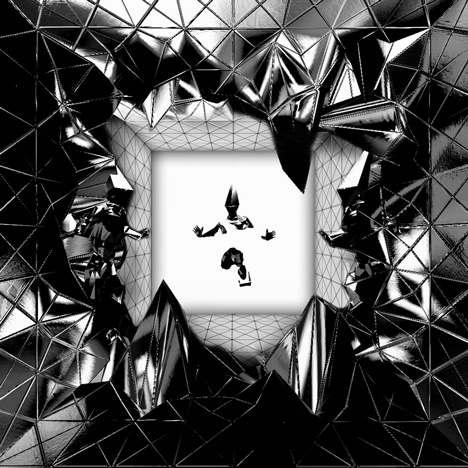
Virtual reality: the 1990s technology set to change the world of design
Feature: as Facebook buys virtual reality headset maker Oculus and Sony reveals its own VR device, Alex Wiltshire explores what the resurgence of this old school technology means for designers.
Oculus VR was already big before Facebook bought the virtual reality headset maker for $2 billion. A resurrection of dead technology from the 1990s, Oculus Rift had previously been branded as a gaming device, but with Facebook's acquisition VR's progression into the digital world in general has been accelerated.
"Oculus has the potential to be the most social platform ever," said Mark Zuckerberg in a call to Facebook's investors, while his announcement post painted a picture of the world donning headsets to watch tennis, study in classrooms and consult with doctors.
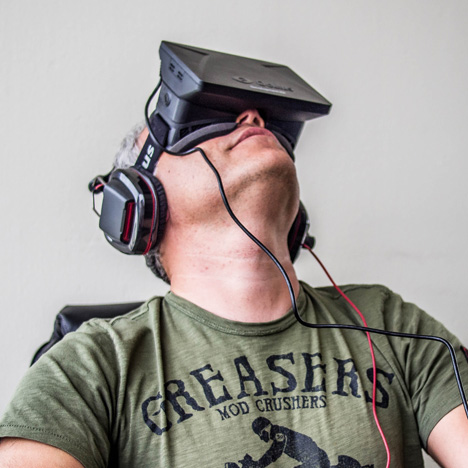
Facebook sees Oculus Rift as a chance to profoundly transform communication, and to the gaming industry it's a generational leap in electronic entertainment. But there's more to virtual reality. It's as much a creative tool for designers and architects, as it is a new medium for designers to explore, and a close and personal way of experiencing the creations of others.
And good god it's difficult to explain why to anyone who hasn't tried modern virtual reality devices. Rewinding to the Game Developers Conference, held in San Francisco just last week, Sony neatly illustrated this fact in its reveal of its own prototype virtual reality gaming headset, Project Morpheus.
Sony's president of worldwide studios, Shuhei Yoshida, called the peculiarly powerful effect of being sensorily immersed in virtual reality "presence", acknowledging just how hard it is to relate its effect of "being there". Seeing it formatted in double vision on YouTube doesn't cut it at all.
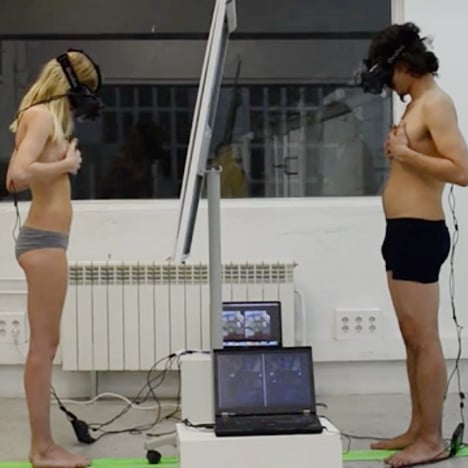
Outwardly you look dorky, with a bulky headset strapped to your head, swinging it around to see things that aren't really there. But inwardly the experience is remarkable, your virtual gaze mapped exactly and immediately to your real one. The ability to crane around obstacles, lean close to study objects or track an enemy starfighter as it loops over your cockpit is enveloping. And it clearly has further application than games.
At its Morpheus announcement, Sony saw it complementing Google's ongoing 3D interiors mapping project Indoor Maps, which allows you to sample hotels and shops before you visit. Indeed, Oculus Rift has already been used for a sort of viral tourism from its earliest demos, taking users on a visit to Tuscany, Jerry Seinfeld's apartment, and the EUseum, a virtual gallery that presents high resolution paintings to study.
It therefore isn't much of a leap to seeing it being used as an architectural visualisation tool, something that both architects and technologists have actually been exploring since virtual reality's advent. Importing from CAD into 3D game engines like Unity is relatively easy, allowing companies like Arch Virtual to spring up to offer walkthroughs of prospective projects along with environments for military training, medical simulations and advertising.
Instead of the all too familiar glossy render, with virtual reality you get to examine the details: the weight of a wall, the expanse of a void, the shifting sightline as you freely move across an aperture. Clients can experience their commission before they sign instead of just pore over abstract plans.
There are applications in product design, too. Ford uses virtual reality to sample new car designs, allowing the chance to inspect an interior from the perspective of the driver or passengers. Ford argues that it allows the company to assess designs far earlier in the process than before, from material finishes to colour schemes, in different light conditions and environments.
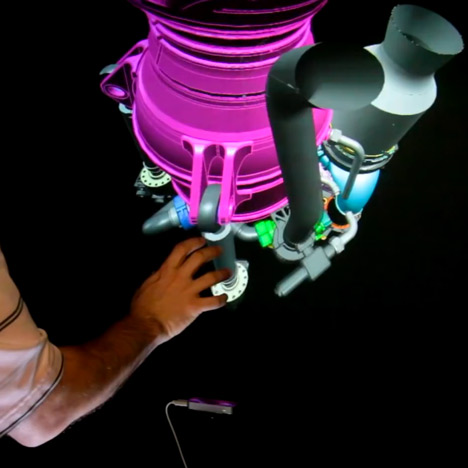
As well as sampling designed objects and spaces, virtual reality also has an application in creating them, whether in CAD or ZBrush, breaking beyond the perceptive confines of 2D displays. As an idea of how easy the new generation of virtual reality software and hardware makes manipulation of objects in 3D space, there's MakeVR. It uses wireless motion controllers similar to those popularised by Nintendo for its Wii console to make interaction seamless. Shorn of the complex menus found in a lot of design software, virtual reality helps to democratise 3D design – in terms of skills and knowledge if not financially. Spool the 3D models out to a 3D printer and production is further pressed into the hands of the many.
On the other hand, it's possible to use 3D sensors like Microsoft's Kinect to map fully textured environments or objects for use in virtual reality. Through a confluence of breaking technologies, 3D as a medium for creatives to work in has become a reality.
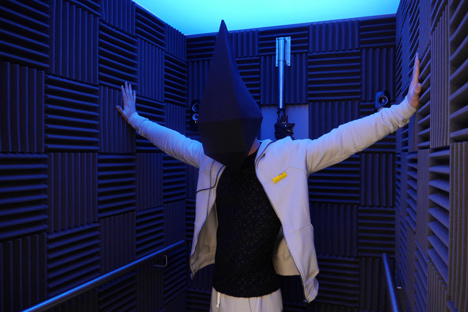
There are many hurdles ahead. A major one is that virtual reality in its current iteration is insular, highjacking your senses and removing you from the real world. Whether you're in a living room or a studio, you don't get to share glances with those around you. Moreover, wearing a headset for extended periods is less than comfortable and has a tendency to make people fall over. Aside from its weight (which isn't exactly heavy but it's an unaccustomed bulk), nausea and dizziness can result from a lag between head movement and seeing the result, how quickly the screen refreshes and the speed at which things are moving in the virtual space.
But still, Facebook's just bet $2 billion on virtual reality, a discarded tech from the mid 1990s, finally making a comeback. We've experienced enough Hollywood visualisations of a computer-vision based future, and increasingly the confines of the 2D – and even 3D – TV screen are becoming suffocating, failing to express the richness of the virtual things and places that creatives are making. Virtual reality might be yesterday's future, but that isn't making it feel any less fresh.
Alex Wiltshire is a video game consultant, with clients including London's V&A Museum. He was editor of Edge Magazine until 2013 and has written for a wide range of publications including Icon, The New Statesman, PC gamer, Eurogamer, Design Week and Architects Journal.